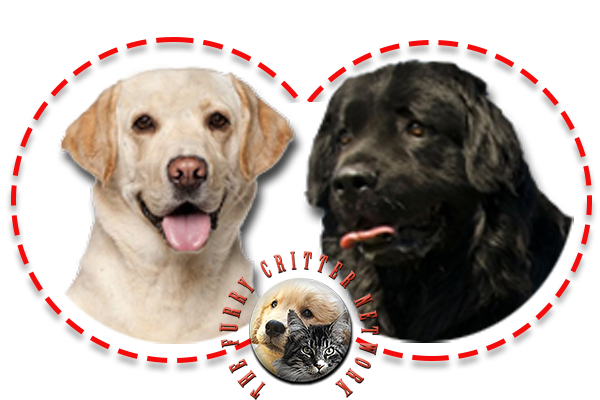Newfoundland Breed Description - Cross #2
Newfoundlands ('Newfs' or 'Newfies') have webbed paws and a water-resistant coat. Males normally weigh 65–80 kg (143–176 lb), and females 55–65 kg (121–143 lb), placing them in the "Giant" weight range; but some Newfoundlands have been known to weigh over 90 kg (200 lb) – and the largest on record weighed 120 kg (260 lb) and measured over 1.8 m (6 ft) from nose to tail, ranking it among the largest of dog breeds. They may grow up to 56–76 cm (22–30 in) tall at the shoulder.
The American Kennel Club (AKC) standard colors of the Newfoundland are black, brown, grey, and white-and-black (sometimes referred to as a Landseer). Other colors are possible but are not considered rare or more valuable. The Kennel Club (KC) permits only black, brown, and white/black; the Canadian Kennel Club (CKC) permits only black and white/black. The "Landseer" pattern is named after the artist, Sir Edwin Henry Landseer, who featured them in many of his paintings. Federation Cynologique Internationale (FCI) consider the ECT Landseer ("European Continental Type") to be a separate breed. It is a taller, more narrow white dog with black markings not bred with a Newfoundland.
The Newfoundland's extremely large bones give it mass, while its large musculature gives it the power it needs to take on rough ocean waves and powerful tides. These dogs have huge lung capacity for swimming extremely long distances and a thick, oily, and waterproof double coat which protects them from the chill of icy waters. The double coat makes the dog hard to groom, and also causes a lot of shedding to occur. The droopy lips and jowls make the dog drool, especially in high heat.
In the water, the Newfoundland's massive webbed paws give it maximum propulsion. The swimming stroke is not an ordinary dog paddle: Unlike other dogs, the Newfoundland moves its limbs in a down-and-out motion giving more power to every stroke.






